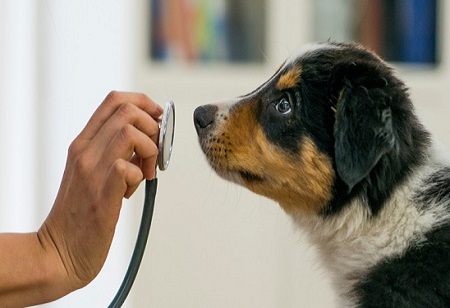The Indian animal health market is expected to grow at a CAGR of 8.7% during 2021-2026. One of the primary reasons driving the market's growth in India is a significant increase in the
veterinary medicine business. In accordance with this, the increased occurrence of zoonotic illnesses is also fueling market expansion. The market is also being driven by technical improvements such as the integration of the Internet of Things (IoT) with animal health monitoring systems, as well as the rising use of mobile sensors and wearables to monitor animal behavior and health. Furthermore, the growing adoption of feed additives, which help to improve general animal health while also improving the quality of the output, such as milk, meat, and eggs, is boosting the market.
In this article, let's explore 5 trends that will shape the future of the veterinary medicine market in India.
Use of Nanotechnology in veterinary medicines
Today, nanotechnology is implemented in veterinary medicines to enhance diagnosis, therapy, animal growth promotion, and production. Nanoparticles are primarily employed as alternative antibacterial agents to minimize antibiotic usage and enhance harmful bacteria detection. They're also utilized to improve the features and performance of novel medications and vaccine candidates, as well as to diminish drug resistance in animal organisms.
For example, the therapy for prostatic cancer in dogs and cats has been substituted by gold nanoparticles. Nanoshells are nanoparticles that are used to identify tumor cells and destroy the ones that are unhealthy. Magnetic particles are also utilized to identify cancer cells and deliver an anti-cancer medicine in close proximity to them. Nanochips are being utilized to diagnose diseases early on and to determine treatment efficacy. These biochips (microassays) are also utilized to diagnose DNA problems and research gene expressions.
Wearable medical devices
Wearable medical technologies, including as GPS trackers, radio-frequency identification sensors, motion sensors, accelerometer sensors, Bluetooth, cameras, antennas, and transmitters, are gaining popularity among pet owners and doctors alike. These gadgets are not new, but their ability to collect large volumes of data has had a tremendous influence on veterinary practice.
